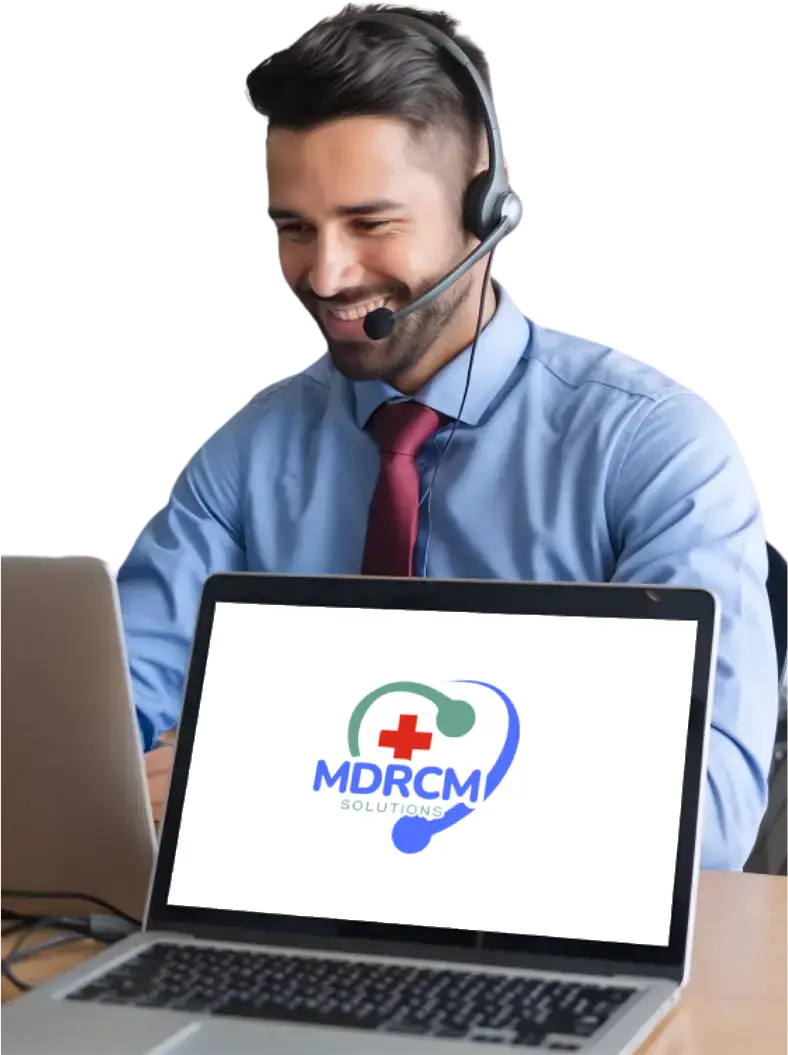Outsourcing medical billing can greatly enhance the efficiency and profitability of healthcare practices. However, choosing the right billing company is essential to ensure optimal results. This guide will walk you through the steps to select the ideal outsource medical billing partner.
Understand Your Needs and Objectives
1. Identify Your Practice’s Requirements
- Specialty Expertise: Ensure the billing company has experience in your medical specialty, as each field has unique billing and coding standards.
- Billing Volume: Evaluate your practice’s billing volume to ensure the company can manage your claims efficiently.
- Current Challenges: Highlight specific issues in your existing billing process that the outsourcing partner should resolve, such as high denial rates or slow cash flow.
2. Set Clear Financial and Operational Goals
- Financial Targets: Define your financial goals, such as minimizing days in accounts receivable (A/R) or boosting collections.
- Operational Improvements: Set targets for improving operational efficiency, like faster claim submissions or fewer denials.
Research and Evaluate Billing Companies
1. Investigate the Company’s Background
- Experience and Reputation: Look for a billing company with a solid track record and positive client feedback. Ensure they are experienced in your specialty.
- Certifications and Compliance: Verify that the company complies with industry standards and regulations, including HIPAA, and employs certified coding professionals.
2. Assess Technology and Tools
- Billing Software: Confirm that the company uses advanced, up-to-date billing software that integrates smoothly with your current electronic health record (EHR) and practice management systems.
- Data Security: Ensure the company has strong security protocols to protect sensitive patient data.
3. Review the Range of Services Provided
- Comprehensive Billing Services: Ensure they offer full-cycle billing, including charge entry, claim submission, payment posting, and denial management.
- Additional Services: Check for additional offerings like patient billing support, financial analysis, and consulting services.
Evaluate Performance and Communication
1. Performance Metrics
- Key Performance Indicators (KPIs): Ask for their KPIs, such as average A/R days, denial rates, and collection ratios. These will give you insight into their performance.
- Success Stories: Request case studies or examples showing how they’ve helped similar practices improve financial outcomes.
2. Communication and Support
- Responsive Support: Make sure the company has a dedicated support team available to address any concerns or questions promptly.
- Transparent Reporting: Ensure they offer regular, transparent reports detailing billing activity and financial performance.
Consider Pricing and Contract Terms
1. Understand the Pricing Structure
- Clear Pricing Models: Understand the company’s pricing structure, whether they charge a flat fee, percentage of collections, or a hybrid model. Ensure there are no hidden fees.
- Value Assessment: Compare their fees with the potential improvement in your revenue cycle management. Focus on long-term value rather than just upfront costs.
2. Review Contract Terms
- Flexible Agreements: Look for flexible contracts that allow for service adjustments as your practice evolves, without long-term commitments.
- Exit Strategy: Ensure the contract includes a clear exit strategy if you choose to switch providers later on.
Final Considerations
1. Request Detailed Proposals
- Proposals from Shortlisted Companies: Request comprehensive proposals from the final list of companies. Each proposal should include details about their services, pricing, and plans to meet your specific needs and goals.
By carefully assessing your requirements, researching potential billing companies, and evaluating their performance, communication, and pricing, you can confidently choose a billing company like MDRCM to enhance your practice’s financial health and operational efficiency.






